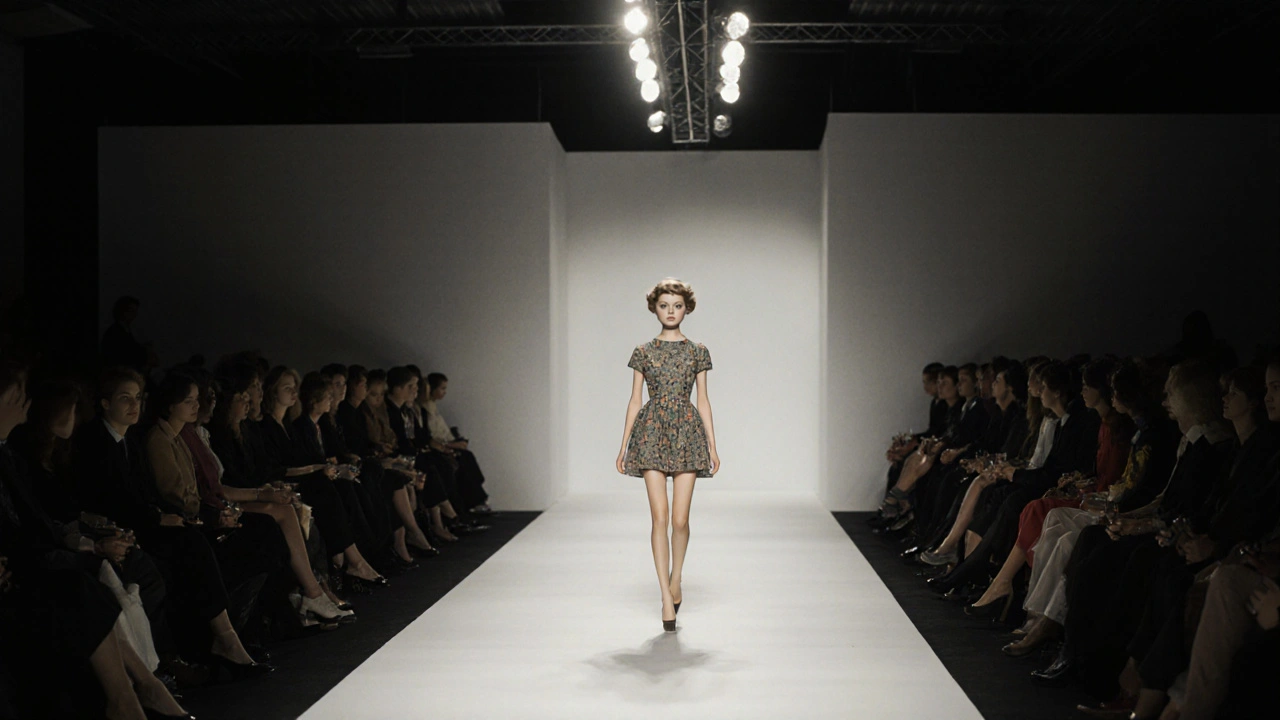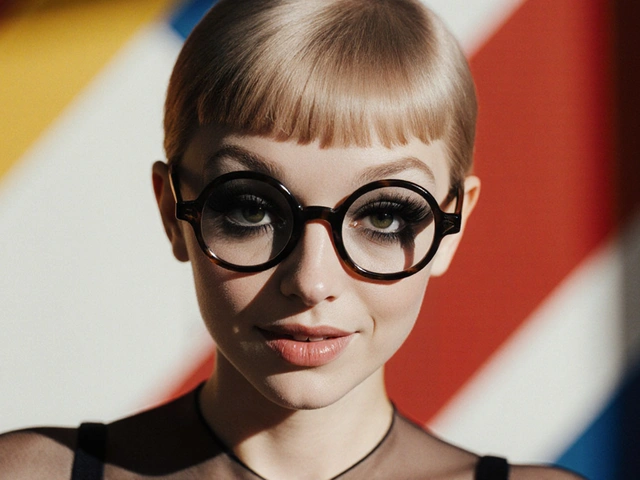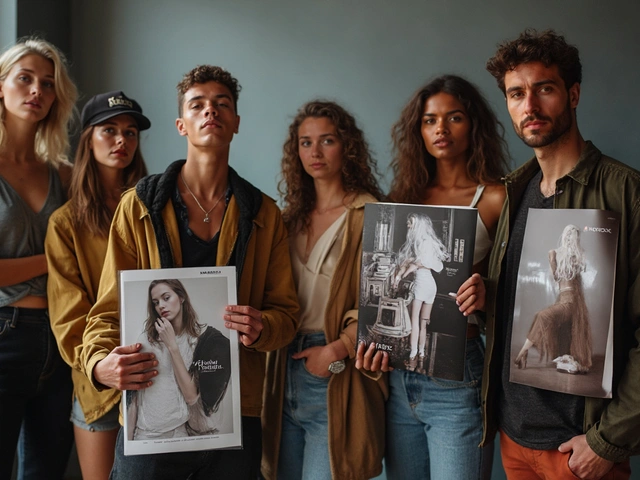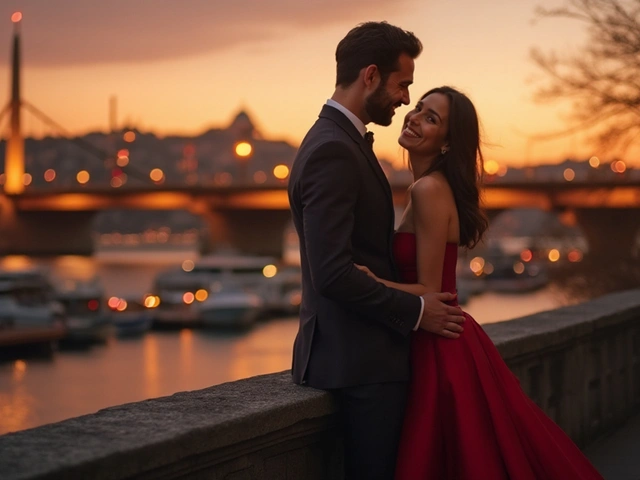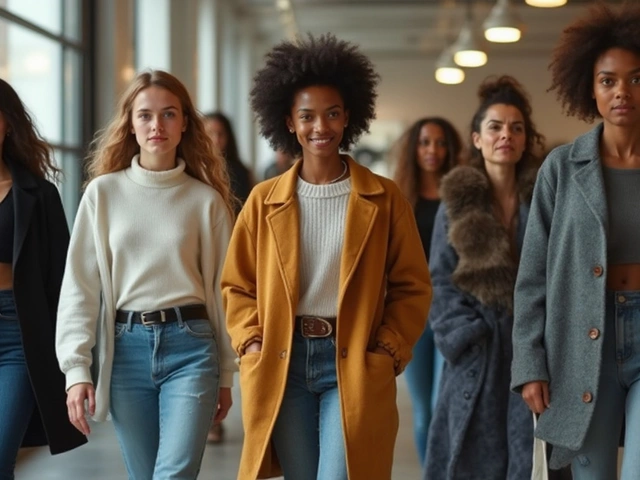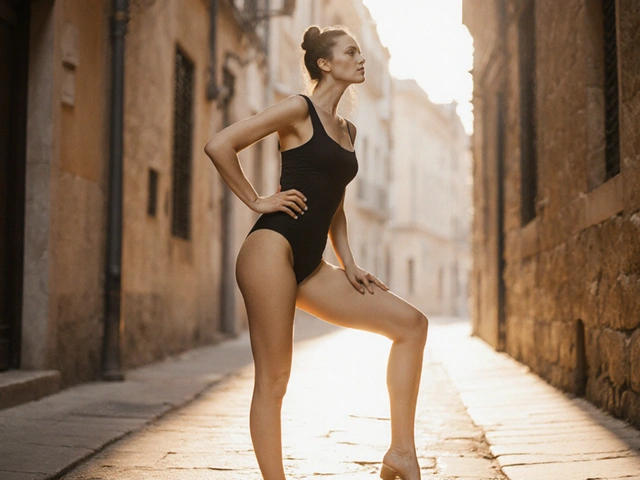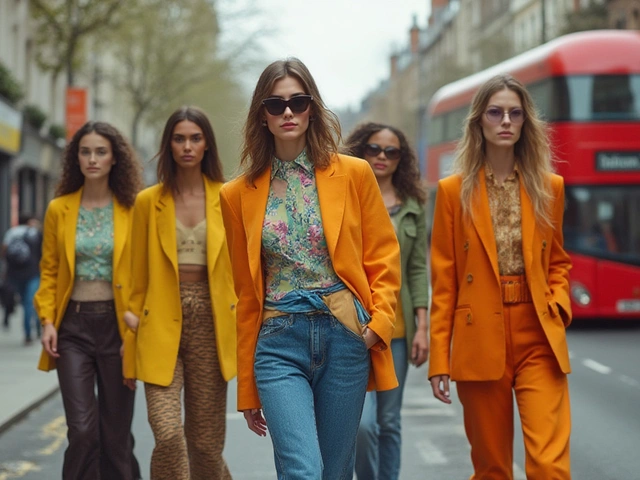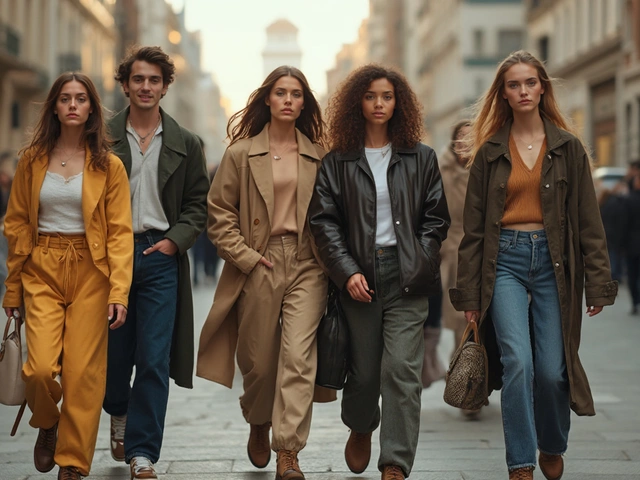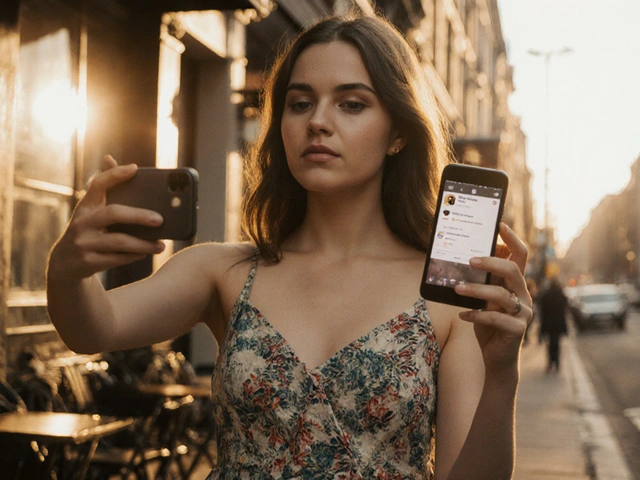Female models haven’t always looked the way they do today. Fifty years ago, the runway was dominated by one narrow ideal: tall, thin, and often white. But the fashion industry didn’t stay frozen in time. It shifted-sometimes slowly, sometimes in bursts-driven by culture, activism, and consumers who refused to accept a single version of beauty. Today’s female models come in all shapes, sizes, ages, and backgrounds. That change didn’t happen by accident. It was fought for, documented, and demanded.
From the 1950s: The Rise of the Supermodel Ideal
In the 1950s and 60s, female models like Twiggy and Jean Shrimpton became household names. They were petite, with waists under 20 inches and wide eyes that looked more like dolls than real women. Designers wanted a blank canvas, someone who wouldn’t distract from the clothes. The body type was rigid: under 5’9”, under 115 pounds, and always youthful. There were few exceptions. Models of color were rarely booked for major European or American runway shows. The industry didn’t just favor a look-it enforced it.
Magazines like Vogue and Harper’s Bazaar reinforced this standard. Photoshoots were tightly controlled. A model’s face, posture, even her smile had to match the editorial vision. There was no room for individuality. If you didn’t fit the mold, you didn’t work. And if you gained five pounds? Your career could vanish overnight.
The 1980s and 90s: Supermodels and the First Crack in the Wall
The 1980s brought a shift. Models like Cindy Crawford, Naomi Campbell, and Linda Evangelista weren’t just faces-they became celebrities. They earned six-figure contracts. They appeared on magazine covers alongside pop stars. But even then, the body ideal hadn’t changed much. These women were still tall, lean, and mostly white. Naomi Campbell was one of the first Black models to break through at this level, but she often said she had to work twice as hard to be treated the same.
The 90s saw the first real challenge to the industry’s norms. Designers like Marc Jacobs and Alexander McQueen started casting models with more diverse features. Kate Moss, with her waif-like frame, became the face of grunge fashion. But her look-extremely thin-wasn’t a rebellion. It was a new version of the same standard. The problem wasn’t just size. It was the lack of representation. Women over 30, women with stretch marks, women with darker skin tones, women who didn’t conform to Eurocentric beauty-these women were invisible.
2000s to 2010s: The Slow Push for Inclusion
By the mid-2000s, the internet began changing everything. Bloggers and everyday women started calling out brands for their lack of diversity. Social media gave a voice to people who had been silenced for decades. In 2007, the model and activist Ashley Graham became one of the first plus-size models to land a cover of Sports Illustrated Swimsuit Issue. It was a milestone, but it was also a rarity.
Then came the 2010s. Campaigns started to change. Aerie, a lingerie brand, launched its #AerieREAL campaign in 2014, promising no retouching. Sales jumped 12% in the first year. Other brands followed. Dove’s “Real Beauty” campaign, which began in 2004, kept gaining traction. It showed women with cellulite, scars, and stretch marks-and millions responded.
Runways began to reflect this. In 2017, the Council of Fashion Designers of America (CFDA) introduced a diversity pledge. Over 80 designers signed on, promising to cast more models of color and different body types. That same year, Rihanna’s Savage X Fenty show featured models of all sizes, ages, genders, and abilities. It wasn’t just a fashion show-it was a statement.
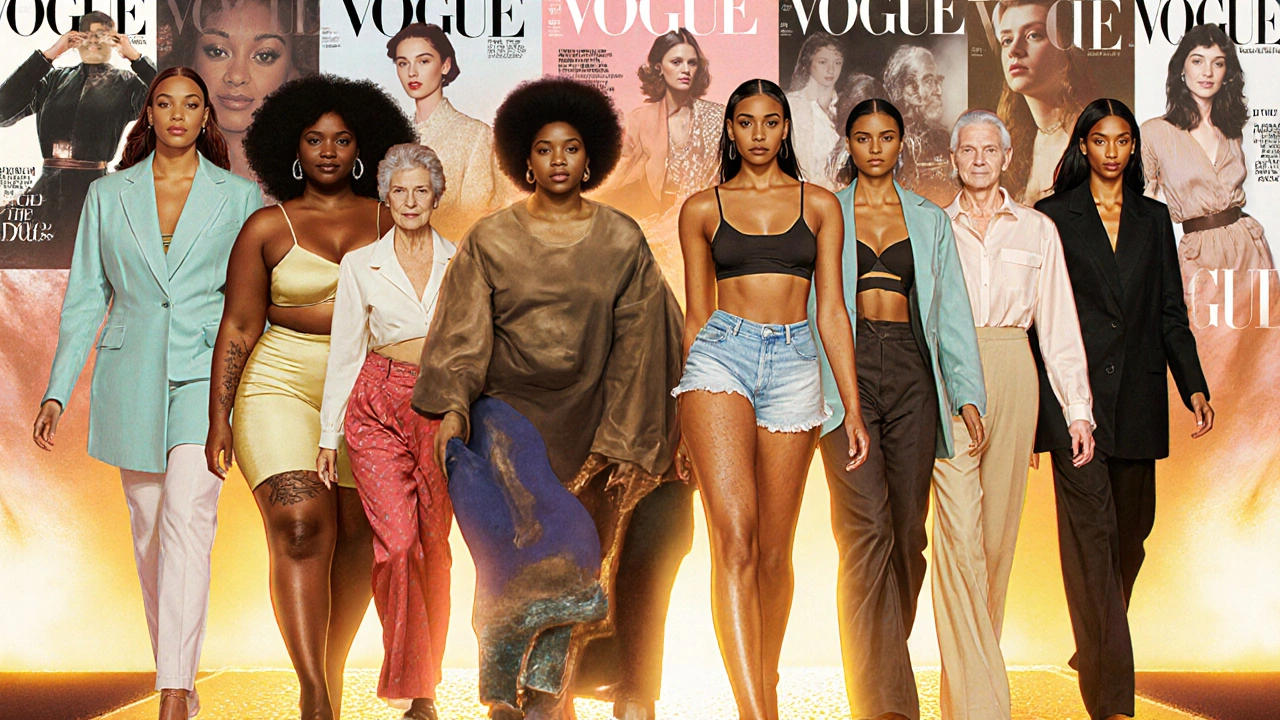
2020s: The New Normal
Today, female models are no longer a single archetype. The industry still has problems, but the landscape is dramatically different. In 2023, over 40% of models on major runways in New York, London, Milan, and Paris were women of color, according to Fashion Spot’s annual diversity report. That’s up from just 12% in 2014.
Curvy models like Paloma Elsesser and Ashley Graham are now walking for Chanel and Fendi. Women over 50, like Lauren Hutton and Maye Musk, are fronting campaigns for L’Oréal and Estée Lauder. Transgender models like Valentina Sampaio have graced the pages of Vogue. And models with disabilities, like Jillian Mercado, are no longer tokens-they’re booked for major campaigns because their presence adds authenticity.
Size inclusivity has also moved beyond runway shows. Brands like Universal Standard, Chromat, and Eileen Fisher now design for sizes 00 to 40. Retailers like Target and Nordstrom stock extended sizes because customers demanded it. This isn’t just about fairness-it’s about profit. The global plus-size fashion market is projected to hit $350 billion by 2027, according to Statista. Brands that ignore this are losing money.
What’s Still Missing?
Progress isn’t perfect. Many brands still use digital manipulation to slim down models, even if they claim to be “retouch-free.” Smaller designers still rely on the same old casting practices. And while diversity has improved on runways, it hasn’t always translated to editorial pages or advertising.
Ageism remains a problem. Women over 40 are still underrepresented in high-fashion editorials. And while models of color are more visible, they’re often still cast in stereotypical roles-ethnic “exoticism” instead of authentic representation.
There’s also a gap in economic equity. Top white models still earn more than models of color with the same experience. And many models, especially those from marginalized backgrounds, still face exploitation, low pay, and poor working conditions. The industry talks about inclusion, but systemic change takes more than a single campaign.
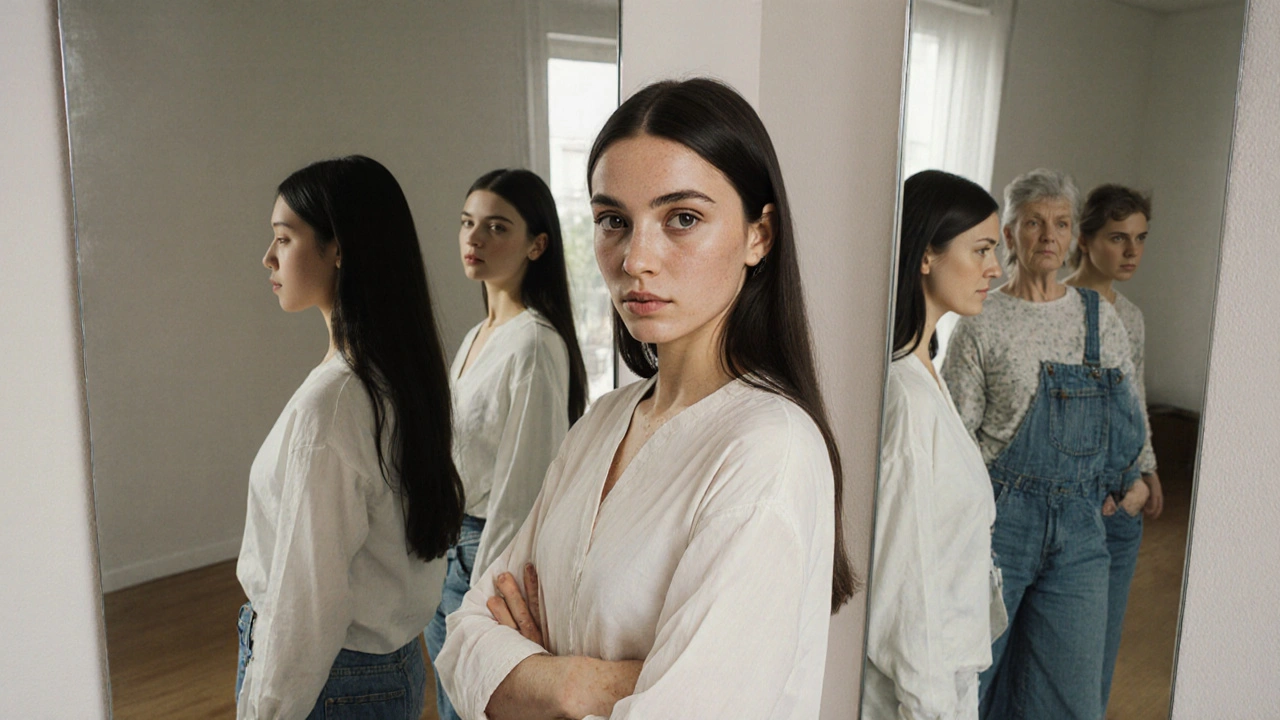
How Did This Change Happen?
This transformation didn’t come from designers suddenly deciding to be woke. It came from consumers. From women who refused to buy clothes that didn’t represent them. From activists who called out brands on Instagram. From models who spoke up-even when it cost them work.
It came from research. A 2021 study by the University of California, Berkeley found that ads featuring diverse models increased purchase intent by 32% among women of color. Another study from Harvard Business Review showed that brands with inclusive advertising saw a 19% boost in brand loyalty.
It came from legislation. In France, a law passed in 2017 requires models to provide a doctor’s note confirming their health before walking the runway. In the UK, the Advertising Standards Authority now bans ads that promote unhealthy body images.
And it came from education. Fashion schools now teach courses on body positivity and cultural sensitivity. Agencies like IMG and Elite have created diversity initiatives with measurable goals.
What Does This Mean for Aspiring Models?
If you’re a young woman thinking about modeling today, the door is wider than it’s ever been. But it’s not just about looking a certain way anymore. It’s about having a story, a presence, and the confidence to own your uniqueness.
Agencies are now actively seeking models who are authentic-not just photogenic. A model with freckles, a scar, or a non-traditional body type might be more valuable than a perfectly airbrushed face if she connects with real people.
Build your portfolio with real, unretouched photos. Work with photographers who understand diversity. Don’t wait to be discovered-create your own opportunities. Many of today’s top models started on Instagram, not on runways.
And remember: your value isn’t determined by a size label or a casting director’s opinion. The industry is changing because people like you refused to stay silent.
Looking Ahead: The Future of Female Modeling
The next frontier isn’t just about diversity-it’s about agency. Female models are no longer just objects on a runway. They’re entrepreneurs, activists, and creators. Many now run their own brands, write books, or produce documentaries about body image.
AI-generated models are emerging, but they haven’t replaced real women. Why? Because people connect with authenticity. A digital model can’t tell a story about surviving an eating disorder or raising a child while working. Real women can.
As the industry evolves, the focus will shift from “what you look like” to “who you are.” The models who thrive in the next decade won’t be the ones who fit the mold. They’ll be the ones who break it-and keep breaking it.
When did the fashion industry start becoming more inclusive of diverse female models?
Significant progress began in the mid-2010s, with campaigns like Aerie’s #AerieREAL in 2014 and Savage X Fenty’s 2017 show. But the push started earlier-with activists, bloggers, and models speaking out in the 2000s. The 2017 CFDA diversity pledge marked a turning point, when major designers publicly committed to change.
Are plus-size models now common on runways?
Yes. Since 2018, plus-size models like Ashley Graham and Paloma Elsesser have walked for top brands including Chanel, Fendi, and Tommy Hilfiger. In 2023, over 25% of models on major runways were size 12 or larger, according to Fashion Spot. This wasn’t just tokenism-it was a market-driven shift.
Why do some brands still use retouched images if they claim to be body-positive?
Some brands use retouching out of habit or fear of backlash from traditional audiences. Even when they say they’re “no retouch,” they might still crop, blur, or adjust lighting to subtly alter body shape. Real change means letting skin, stretch marks, and curves stay visible-without apology.
Do older female models have opportunities today?
More than ever. Women over 50 like Maye Musk, Lauren Hutton, and Helen Mirren now headline campaigns for L’Oréal, Estée Lauder, and Jaguar. The aging population and rising spending power of women over 45 have made this demographic too valuable to ignore. Age is no longer a barrier-it’s a market.
How can aspiring female models navigate today’s industry?
Focus on authenticity. Build a portfolio that shows your real self-not edited perfection. Work with photographers who respect your boundaries. Use social media to build your brand. And choose agencies that prioritize ethical treatment and diversity. The industry rewards those who bring something unique-not just a size or a face.
